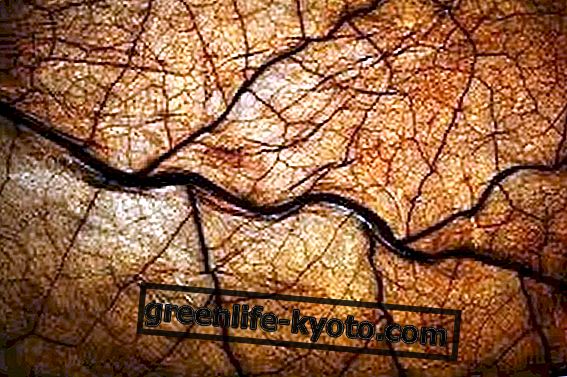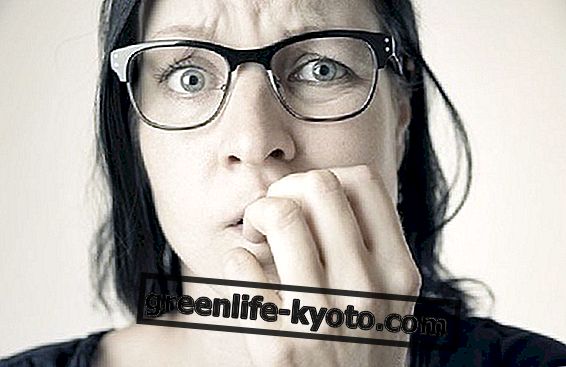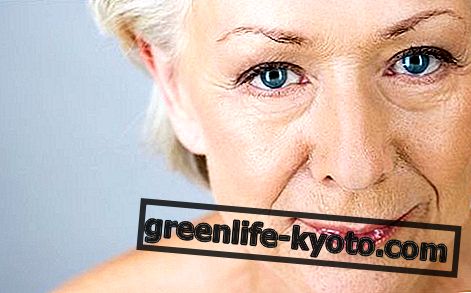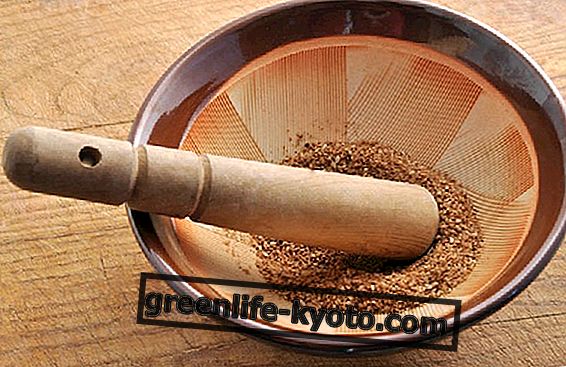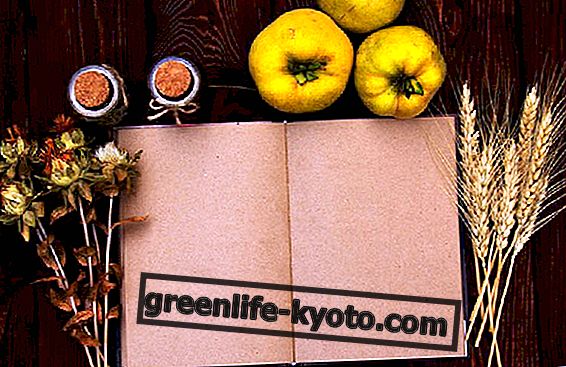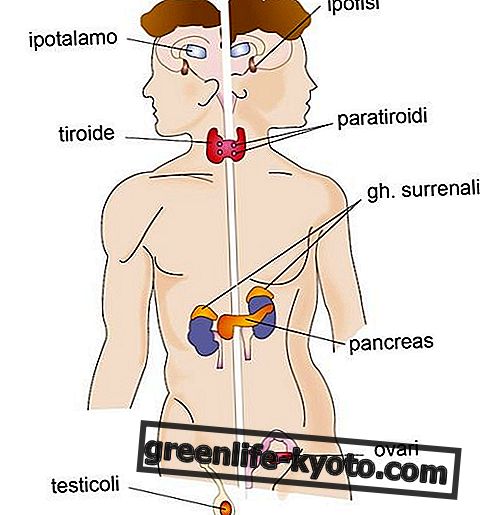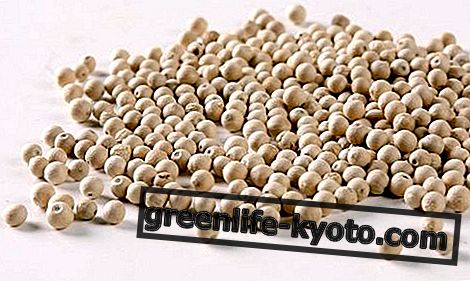
Bach flowers and flower therapy are a natural cure for dealing with emotional distress and psychosomatic disorders affecting daily life.
Fears, phobias, insecurity, anxiety of various origins, stress , relationship and emotional problems, traumas, depression can suddenly emerge, without an apparent cause, and prevent us from living peacefully.
However, in addition to the unforeseeable external events that can happen to us, even negative character traits, such as intolerance, shyness, jealousy, possessiveness, arrogance, apathy, rigidity and selfishness can alter the psycho-physical balance of an individual until it becomes sick.
Bach Flowers and Flower Therapy: what they do
Discovered and elaborated in the 1930s by the English doctor Edward Bach, flower therapy is based on the principle that the manifestation of illness is nothing but the physical effect of psychological causes, a sort of " instrument " of which our soul uses to make us aware of our wrong way of seeing or facing life.
The deep action of Bach flowers improves and corrects emotional imbalances caused by external events and negative feelings arising from our personality, but above all promotes the virtue opposed to the specific mood we are experiencing. Once we recover emotional healing, we can also see benefits on a physical level, such as improvement of muscle aches and stiffness, some dermatological problems, sleep disorders, colitis and nerve gastritis, fatigue and fatigue caused by stress.
Bach flower remedies and flower therapy: the method of association flower-emotional disorder
Bach flowers, flower therapy and disease care, how do they relate to each other? To identify the plants to be associated with the corresponding emotional disturbances, Bach considered the ancient Theory of Signatures or Signa Naturae . The doctors, in fact, before the birth of pharmacology, argued that a plant with a shape resembling a body organ or a physiological function would have been therapeutic and beneficial on that organ or on that function.
The greatness of Bach and the originality of his method was to associate these " signs " with moods . So if a plant presented itself with certain characteristics in its external form or behavior in its natural environment, this plant would have taken care of the emotional state associated with it. On the basis of this theory, 38 "behavioral types" have been distinguished, to which 38 remedies correspond. The essences, combined together according to individual needs, act in synergy to cover the whole set of symptoms.
Following the death of Bach, the same method of association was applied to flowers not belonging to the Welsh flora (the original 38 flowers all come from Wales). In this way other flower remedies have been discovered, belonging to very ancient floras (Himalayan flowers) or set in hostile places such as the desert (Californian flowers) or ice (Greenland flowers) or the forests of Australia (Australian flowers or Bush Flowers ).
Each flora has acquired compared to the place of its own characteristics which it then catalyzes in the flower essences derived from them, so that the initial problems on which the Welsh Flowers are applied (7 categories of malaise: fear, insecurity, disinterest in the present, loneliness, hypersensitivity, depression and excessive care for the welfare of others) are expanded by new discoveries.
The courses for learning to use Bach flowers
Bach Flowers and Flower Therapy: how they are presented and how to take them
There is no standard remedy suitable for every patient, apart from the Rescue Remedy formulated by Bach himself as a " first aid " remedy, to deal with all emergency situations, which require immediate intervention, where it is not possible to calmly choose one's own personal remedies. The 39th flower remedy can be used with an instant calming effect in any stressful situation, or when you need help if overwhelmed by a variety of negative emotions.
Pure flower essences, also known as mother tinctures, are generally bottled and marketed by some manufacturing companies and used by a flower-therapist, after a scrupulous clinical consultation, which will allow them to choose flowers for the patient's personal mixture . The standard dose, both for adults and children, consists of four drops to be taken four times a day, except for specific prescriptions; the Rescue Remedy, in case of emergency, can also be taken more often and in a pure state.
Being remedies that belong to a treatment that is completely natural and free of toxicity, the Bach flowers of the flower therapy show no contraindication, they do not cause side effects, they can be combined without problems both with traditional and homeopathic medicines. Someone reproaches flower therapy for not being measurable with technological tools, for not being scientifically explainable, for not providing complete and definitive research.
Flower therapy (as well as homeopathy) does not act chemically on the bio-chemical level of our organism, but on the energetic level, on an upper level, "thin" that forces us to overturn our observation point. Probably very soon it will be possible, thanks to the development of studies and research in the field of quantum physics, to bring scientific evidence on the validity of flower therapy, which the WHO (World Health Organization) has long recognized as a valid and autonomous system of care.
